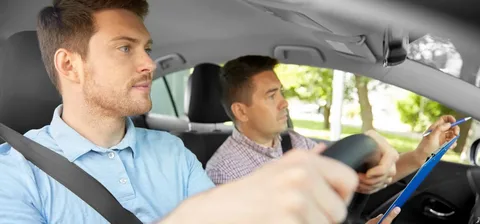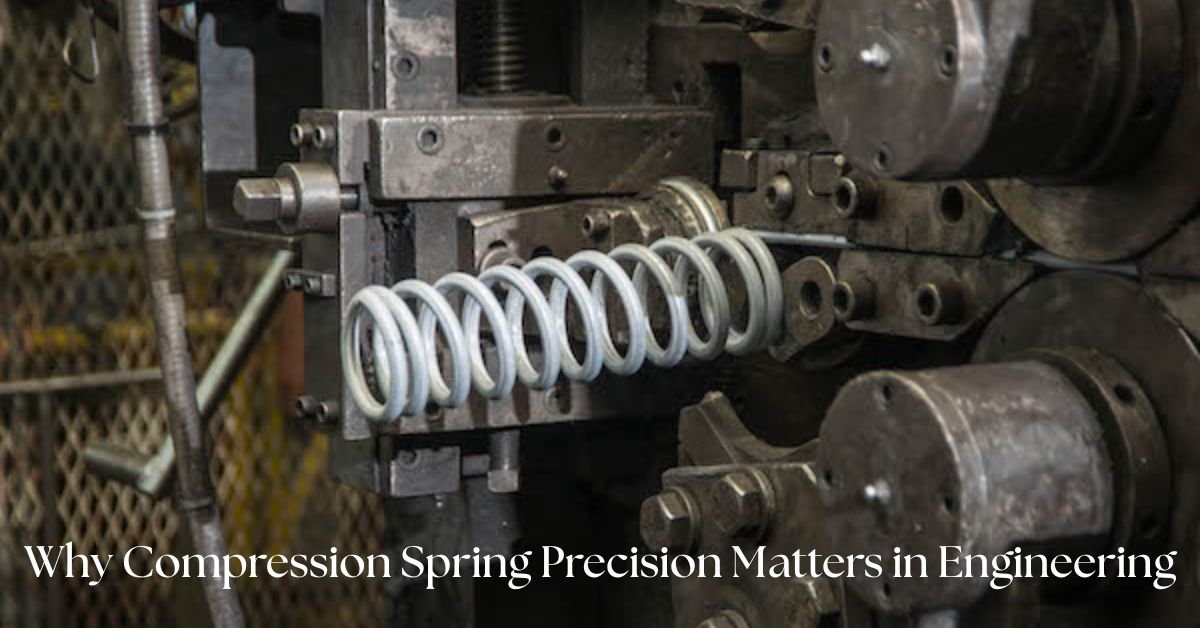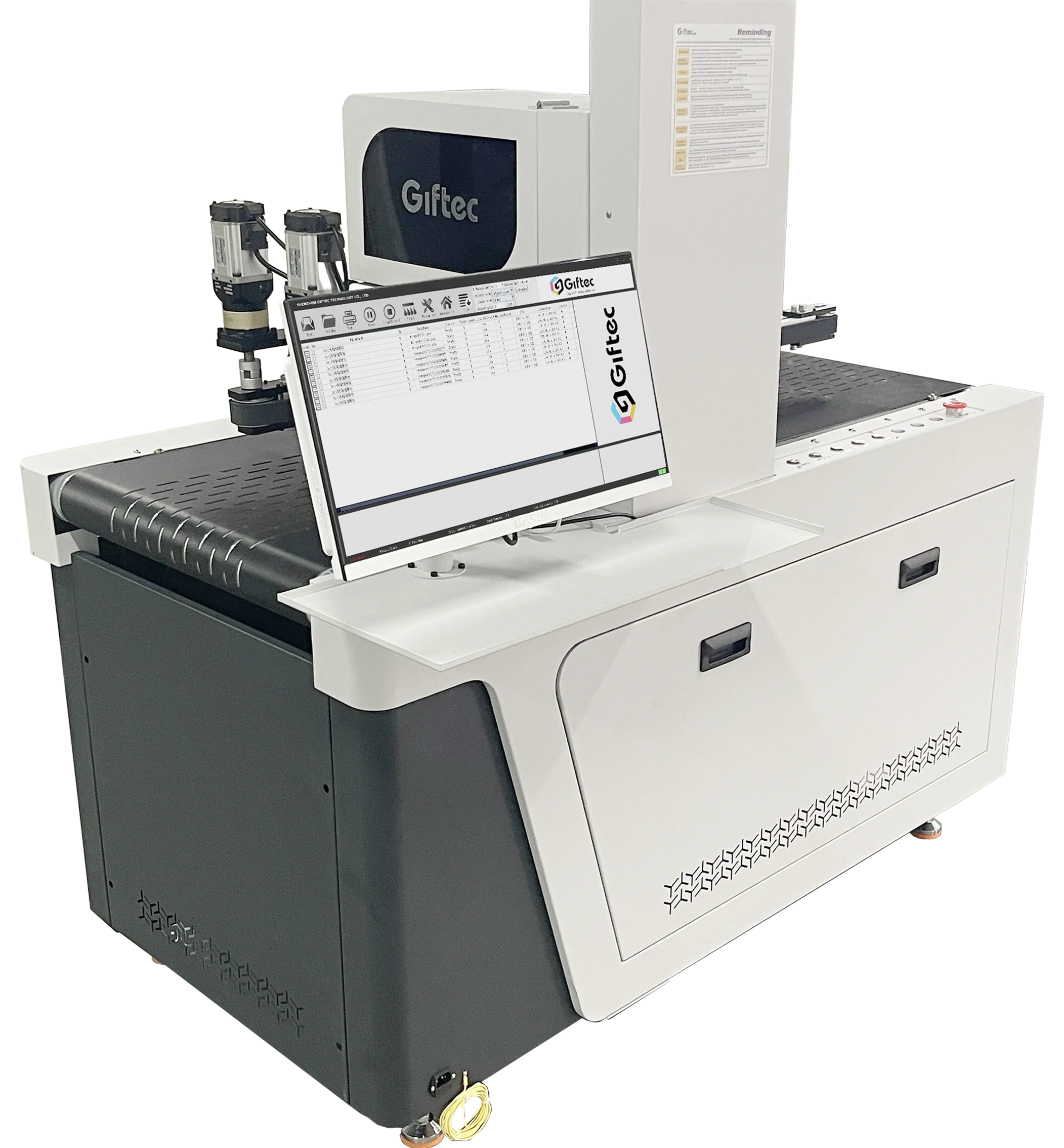When I first decided to learn how to drive, I didn’t realize how much more there was to it than just turning the key and hitting the gas. Driving seemed simple—until I sat behind the wheel. That’s when I knew I needed a structured approach, something more than just help from a friend or a few YouTube videos. That’s when I discovered learner driver courses, and honestly, it changed everything.
If you’re also at the start of your driving journey, this guide is for you. I’ll walk you through everything—from why you need a learner course to what to expect, and how to make the most of it.
What Exactly Is a Learner Driver Course?
Let’s break it down. A learner driver course is a structured training program designed for beginners who want to learn safe and responsible driving. It usually covers both theory and practical driving skills.
Think of it as a foundation. You’re not just learning how to control a car—you’re learning how to read the road, make quick decisions, understand rules, and handle pressure.
Why a Structured Course Matters More Than You Think
I know, some people try to learn to drive from a friend or relative. That might work for some, but for most of us, it’s not enough. Here’s why:
- Professional Guidance: Instructors are trained to teach you the right way from day one.
- Fewer Bad Habits: You don’t inherit someone else’s poor driving techniques.
- Step-by-Step Learning: You move through modules that build your confidence gradually.
- Theory + Practice: You’ll understand not just how to drive, but also why certain rules matter.
And let me tell you—this combo of theory and real-world experience is golden.
Here’s What You’ll Learn in a Typical Learner Driver Course
Every course has its structure, but here’s a common breakdown that I found very helpful:
1. Understanding Your Vehicle
You start with the basics. This includes knowing how the car works—pedals, gears, mirrors, signals, dashboard lights, and more. Believe me, getting familiar with the car itself removes half the anxiety.
2. Road Safety Rules and Regulations
Next, you learn about traffic signs, right-of-way rules, pedestrian rights, and how to handle tricky situations like roundabouts or narrow roads. This part might sound boring, but it’s crucial.
3. Building Real Driving Skills
This is where the action happens. You start in low-traffic areas and slowly progress to busier streets. You’ll practice:
- Starting and stopping smoothly
- Turning and signaling properly
- Parking (parallel, reverse, and hill starts)
- Navigating intersections
- Lane changes and highway entry
4. Emergency Handling
Courses also prepare you for the unexpected. From how to safely stop in bad weather to handling a sudden brake failure, you learn it all. Honestly, this gave me real peace of mind.
Myths About Learner Driver Courses (And the Truth)
Let’s clear the air a bit:
Myth 1: “I can learn everything on my own.”
Not true. You might pick up some things, but you’ll miss structure, feedback, and legal knowledge.
Myth 2: “I’ll never get over my fear of driving.”
You will. Courses are designed to build confidence gradually, and you’re not thrown into fast traffic right away.
Myth 3: “Instructors are always strict.”
Most are incredibly patient. Their goal is your success, not your failure.
How Long Does It Take to Feel Comfortable?
This varies from person to person. But here’s what I’ve seen in myself and others:
By the third or fourth lesson, your muscle memory starts kicking in. By lesson ten, you’re more confident at intersections. Around lesson fifteen, you’re cruising like a natural.
And guess what? You don’t need to be perfect—you just need to be safe and aware.
Tips to Make the Most Out of Your Learner Course
If you’re about to start a course, here are some hard-earned tips:
- Ask Questions: Seriously. No question is too basic.
- Practice Outside Lessons: If possible, practice what you learn with someone experienced.
- Stay Consistent: Gaps between lessons can slow your progress.
- Review Theory at Home: Apps and small quizzes help you retain road rules better.
- Don’t Compare Yourself: Everyone learns at their own pace. Stay focused on your own journey.
What Happens After the Course?
Once you’ve completed your course, you’ll be more than ready to take your driving test. You’ll have all the skills, experience, and confidence to pass both the theory and practical exams.
But more importantly, you’ll be ready to drive solo responsibly and safely.
Final Thoughts: Is a Learner Driver Course Really Worth It?
Absolutely. I can say with full confidence that taking a professional course was one of the smartest things I did. I saved myself from years of trial-and-error and felt fully prepared for real-world driving.
If you’re serious about learning to drive—not just passing a test—then don’t skip this step.
Why ADC Driving Classes Is a Great Choice
At ADC Driving Classes, we’ve helped hundreds of beginners turn into confident, safe drivers. Our instructors understand the fear and hesitation that come with learning. That’s why we focus on personalized learning paths, friendly instruction, and real-world scenarios.
We don’t just teach driving. We shape responsible drivers for life.







Leave a Reply